How to Plan the Best Layout for Your Vegetable Garden
When it comes to growing your own vegetables, a well-planned garden layout is key to success. Whether you’re a seasoned gardener or a beginner, having an efficient and visually pleasing garden layout can make all the difference in the quality and quantity of your harvest. In this comprehensive guide, we’ll walk you through the steps to plan the best layout for your vegetable garden, ensuring it thrives and becomes a source of pride.
Assess Your Garden Space
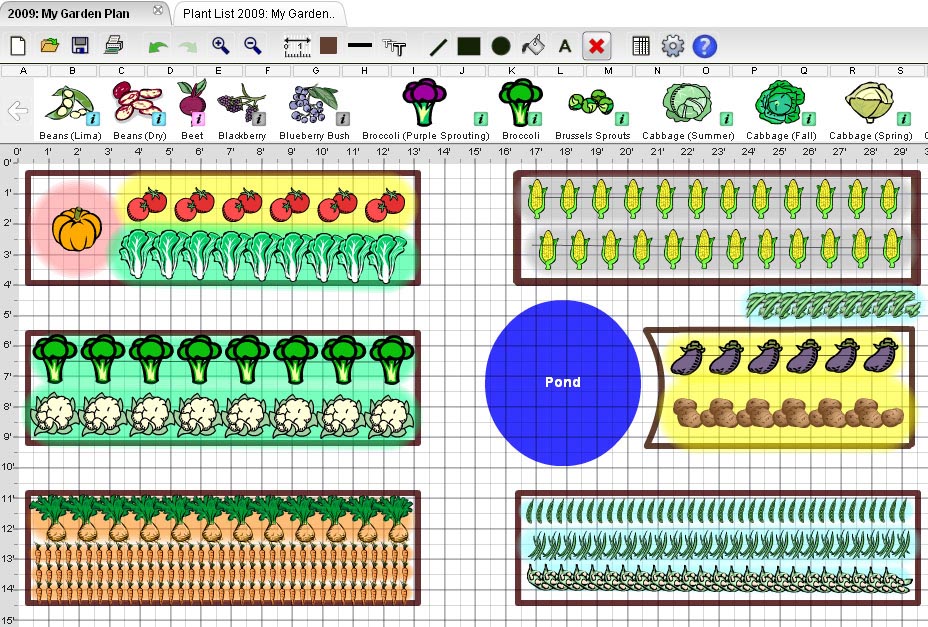
Before you start digging, it’s crucial to assess your garden space. Take a good look at the area you have available. Measure the dimensions and note any existing structures, such as fences, sheds, or trees. Understanding the specifics of your space is essential for creating an efficient layout.
Choose the Right Location
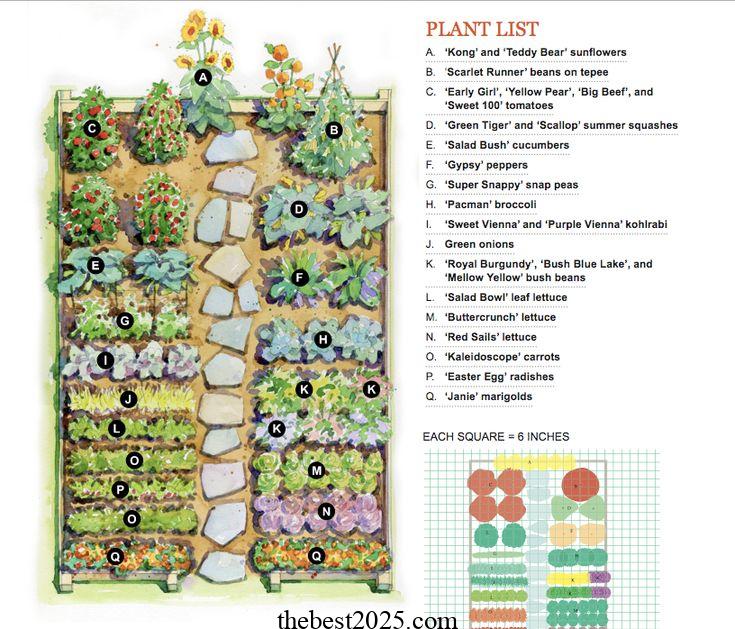
One of the first decisions you need to make is where to place your vegetable garden. Ideally, it should be located in an area that receives ample sunlight. Most vegetables require at least 6-8 hours of sunlight per day. Additionally, consider the proximity to a water source, as you’ll need to water your garden regularly.
Select the Garden Bed Type
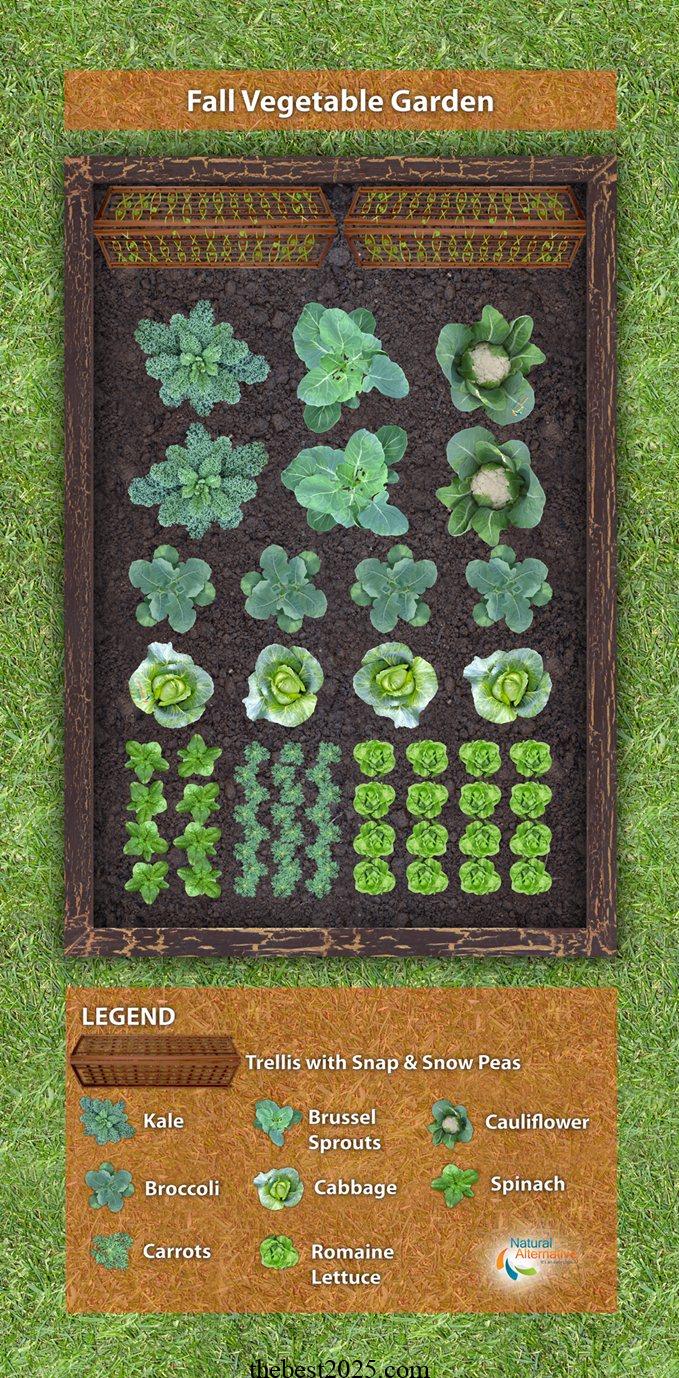
There are several options when it comes to garden bed types. You can choose from traditional in-ground beds, raised beds, or container gardens. Each has its advantages, and the choice depends on your space, preferences, and needs.
- In-Ground Beds: These are the most traditional type of garden beds. They are cost-effective and work well for larger spaces. However, they require more effort in terms of soil preparation and maintenance.
- Raised Beds: Raised beds are a popular choice because they provide better drainage, are easier to maintain, and can be a great option for those with limited space.
- Container Gardens: If you’re dealing with very limited space or want to grow specific plants separately, container gardens are a versatile choice. You can use pots, planters, or even grow bags to create a container garden.
Plan for Accessibility
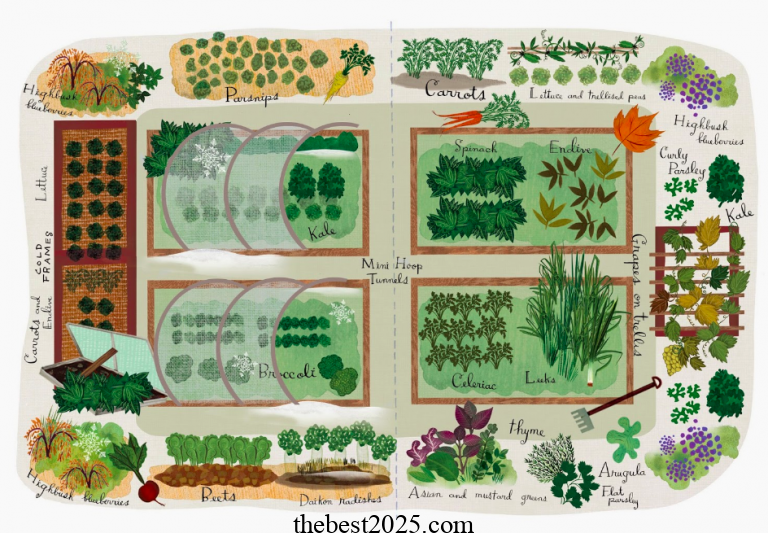
When designing your garden layout, consider how easily you can access your plants. This is especially important for maintenance tasks like weeding, watering, and harvesting. Ensure there are clear pathways that allow you to reach all parts of your garden without trampling on your plants.
Crop Rotation and Companion Planting
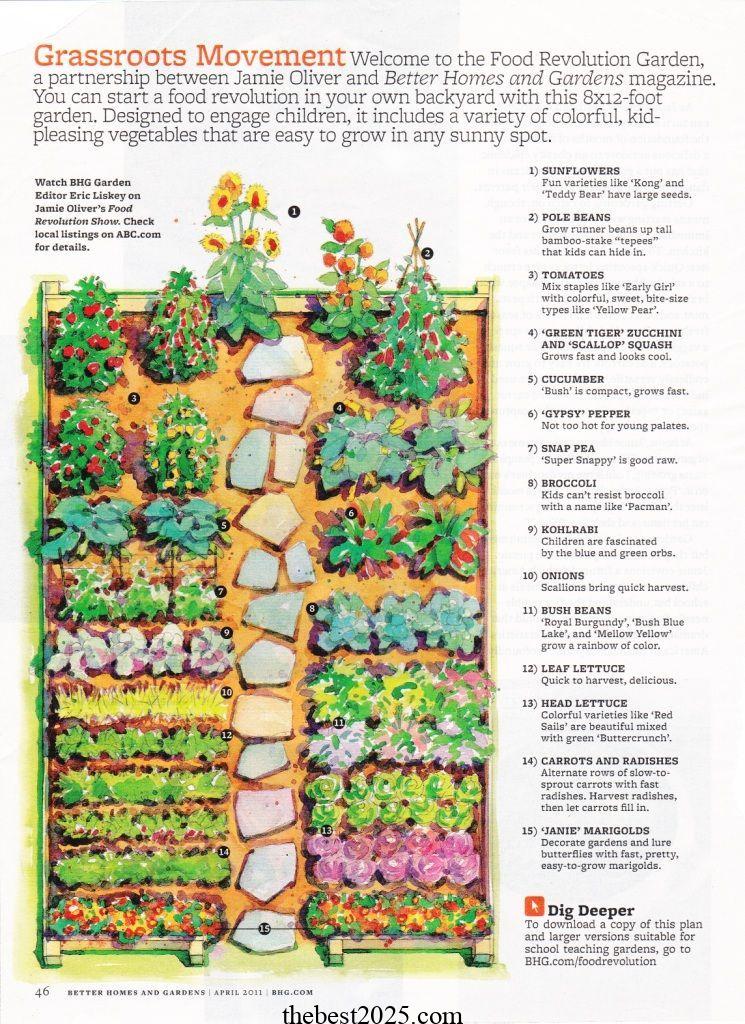
To maintain soil health and deter pests, it’s important to plan for crop rotation and companion planting. Crop rotation involves changing the location of crops from year to year to prevent soil depletion. Companion planting involves planting certain vegetables together to improve growth and deter pests. Research which crops complement each other and plan your layout accordingly.
Consider Plant Spacing
Different vegetables require different amounts of space to grow optimally. Overcrowding can lead to stunted growth and decreased yields. On the other hand, leaving too much space between plants can be inefficient. Consult seed packets or gardening resources to determine the ideal spacing for each vegetable in your garden.
Think About Watering and Irrigation
Proper watering is essential for a thriving vegetable garden. Consider your garden’s watering needs when planning the layout. If you’re using a hose or watering can, ensure you can reach all areas of your garden without difficulty. Alternatively, you can set up a drip irrigation system for more efficient and consistent watering.
Make a Sketch or Plan
Now that you’ve gathered all the essential information, it’s time to create a garden layout sketch or plan. You can do this on paper or use one of the many available online garden planning tools. Your plan should include the location of your garden beds, pathways, and the placement of each vegetable variety.
Prepare the Soil
Before planting, it’s important to prepare the soil in your garden beds. This involves tilling, adding compost or organic matter, and ensuring the soil is well-draining. Good soil preparation sets the stage for healthy plant growth.
Planting Your Vegetables
With your garden layout in place and your soil prepared, it’s time to start planting your vegetables. Follow the spacing and depth recommendations for each type of vegetable. Be sure to water them immediately after planting to help them establish roots.
Maintain Your Garden
A well-planned layout also makes garden maintenance more straightforward. Regularly check for weeds and pests, and water your plants as needed. As your vegetables grow, you may need to provide support for taller varieties like tomatoes and peppers.
Harvest and Enjoy
As your vegetables reach maturity, harvest them at their peak freshness. This is the moment you’ve been working towards, and there’s nothing quite like enjoying the taste of homegrown produce.
FAQ – Frequently Asked Questions
Q1: Can I plant vegetables in any soil type?
A1: While most vegetables prefer well-draining soil, you can amend your soil to make it suitable for a wider range of vegetables. Consult local gardening resources for specific recommendations for your area.
Q2: Do I need a large garden space to start a vegetable garden?
A2: Not necessarily. You can start a vegetable garden in a small space, even with containers or raised beds. The key is to utilize the available space efficiently.
Q3: How often should I water my vegetable garden?
A3: The frequency of watering depends on factors like weather and soil type. It’s best to monitor the moisture level of your soil and water when it starts to dry out.
Q4: What is the best time to start planting in a vegetable garden?
A4: The timing of planting depends on your location and the specific vegetables you want to grow. Consult a local gardening calendar or your seed packets for guidance.
In conclusion, a well-thought-out garden layout is essential for a successful vegetable garden. By carefully considering factors like sunlight, space, and plant placement, you can create an environment where your vegetables thrive. So, roll up your sleeves, grab your gardening tools, and start planning your vegetable garden layout for a bountiful harvest.
tag
- chicken feed
- how to Keep Chickens Off Your Porch
- How to grow oyster mushrooms at home
- Growing Kale in Pots


0 Comments